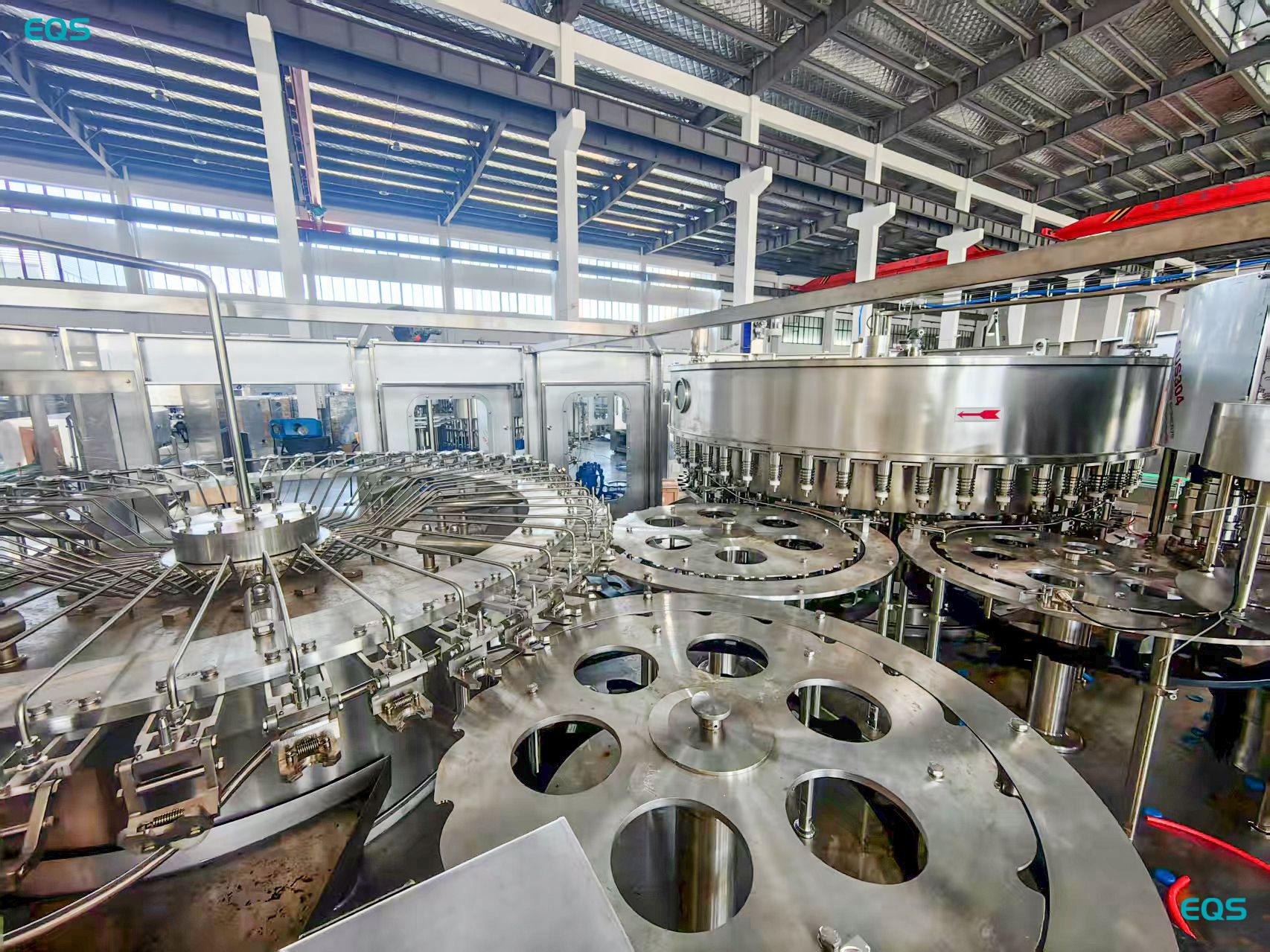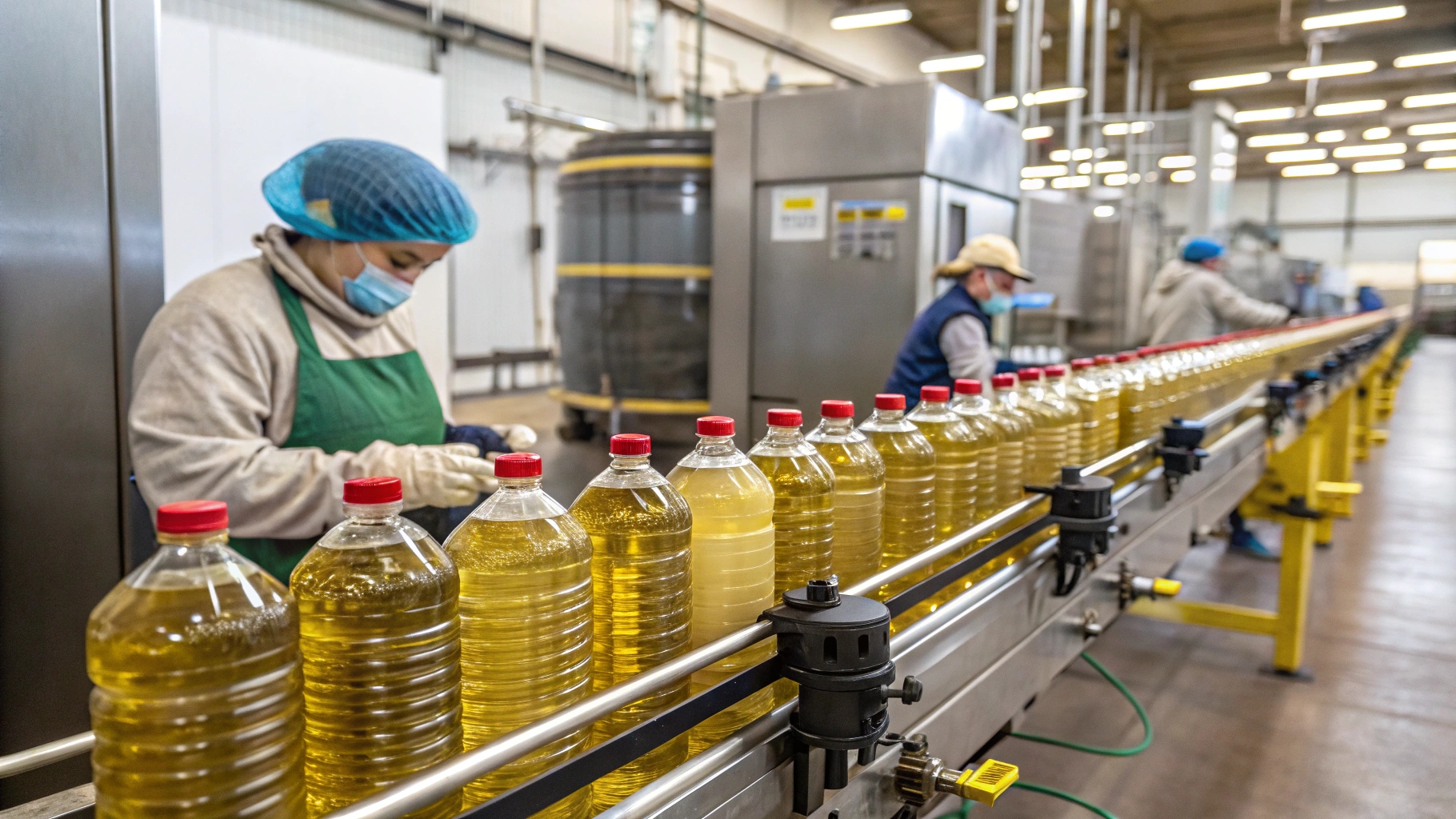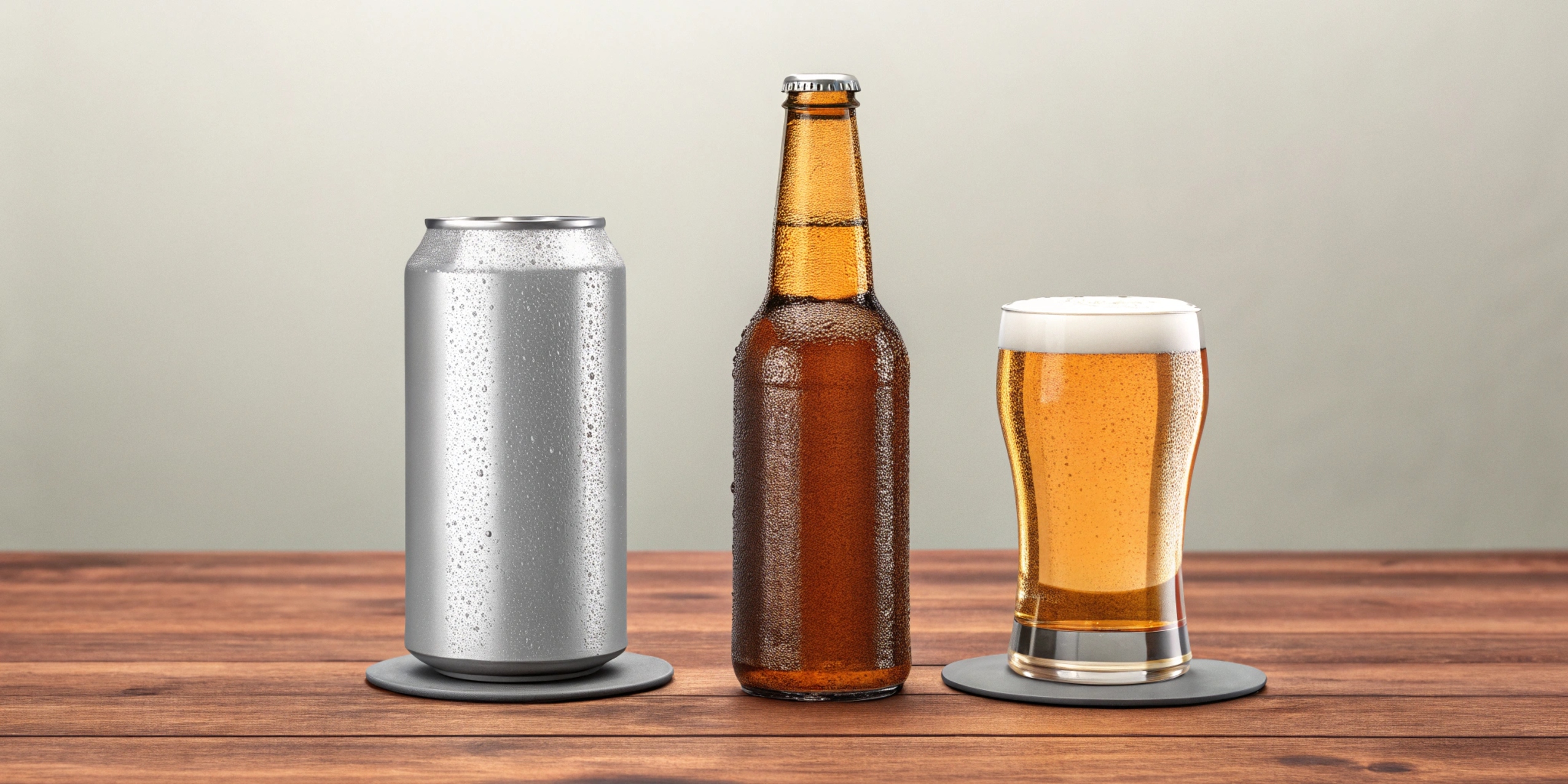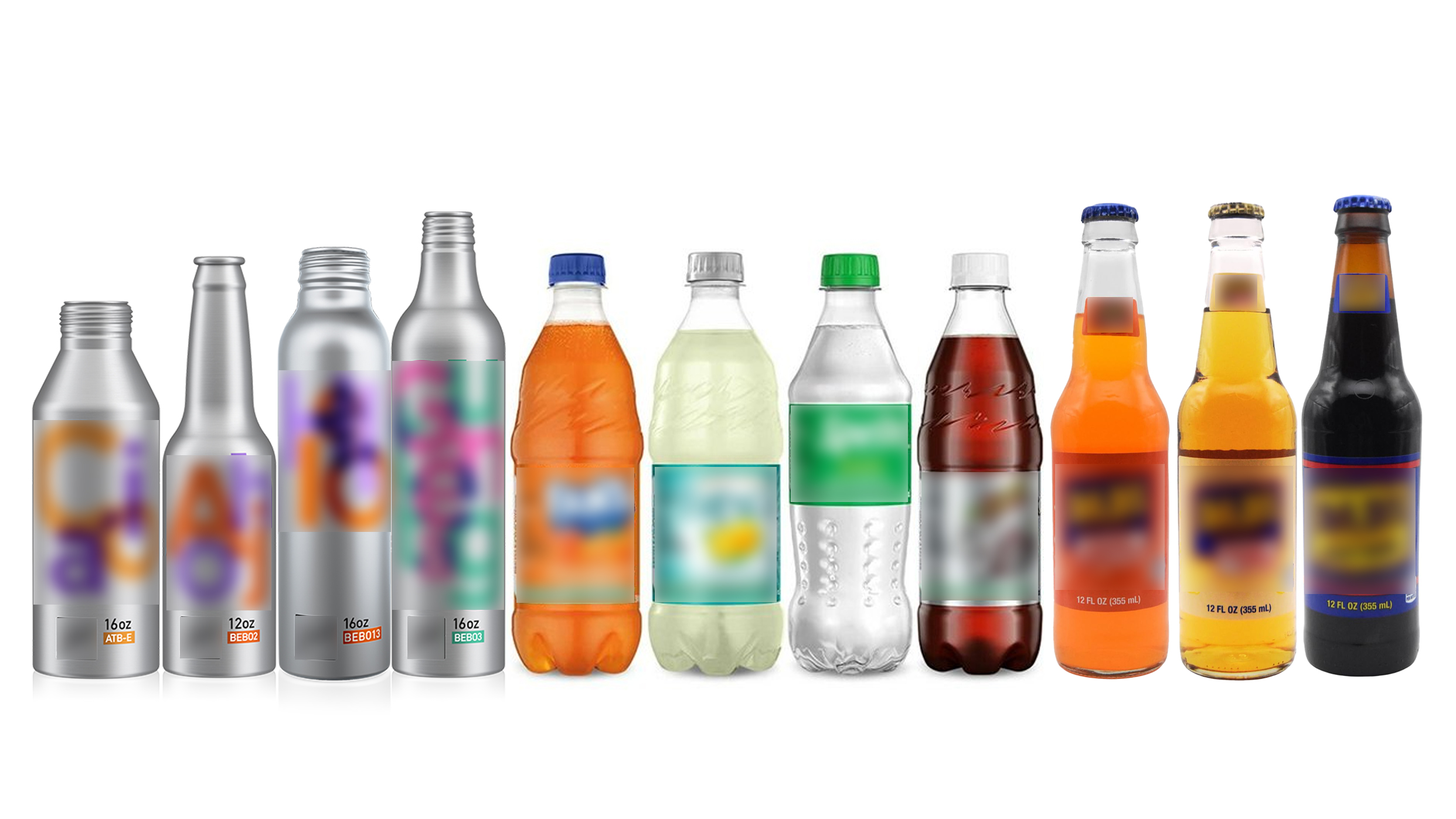Clean-in-Place (CIP) Systems in Food Production
Introduction to CIP Technology
Clean-in-Place (CIP) systems have become widely adopted in mechanized food production facilities including beverage, dairy, juice, and alcohol industries. CIP refers to an automated cleaning method that achieves thorough sanitation without disassembling or moving equipment, utilizing high-temperature, high-concentration cleaning agents with strong mechanical action on food contact surfaces.
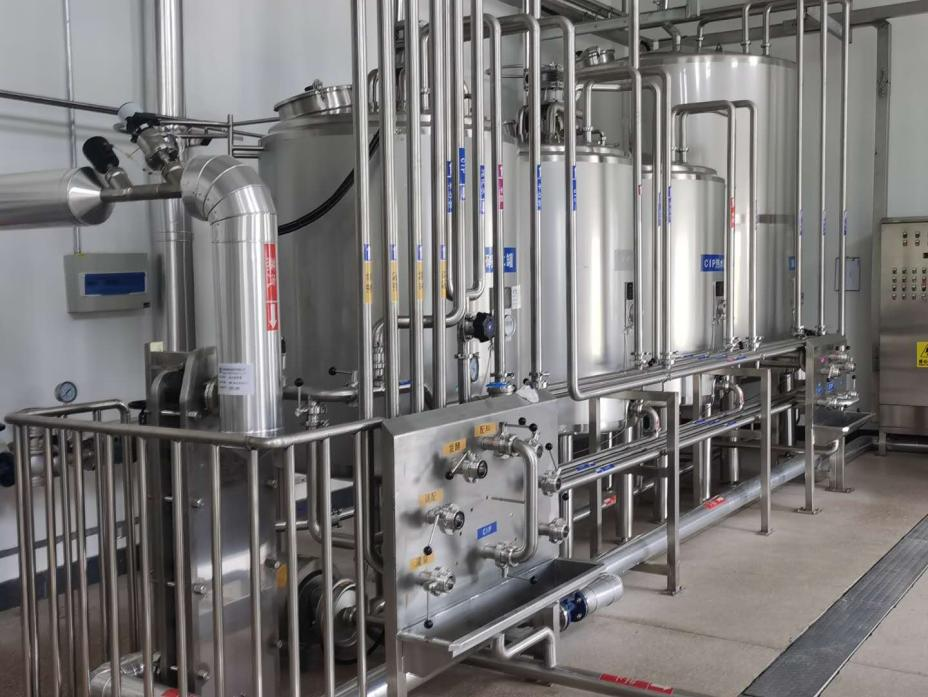
Key Advantages of CIP Systems:
- Ensures consistent cleaning effectiveness and enhanced product safety
- Reduces operational downtime while improving efficiency
- Minimizes labor requirements and improves operator safety
- Optimizes consumption of water, steam, and cleaning chemicals
- Supports large-scale automated production equipment
- Extends production equipment service life
CIP Cleaning Mechanisms
1. Chemical Energy
The primary determinant of cleaning effectiveness comes from chemical reagents. Selection criteria include:
- Nature and degree of contamination
- Equipment materials
- Water quality
- Cleaning methodology
- Cost considerations
- Safety requirements
Common Cleaning Agents:
Acid/Alkaline Detergents:
- Composition:
- 1-2% nitric acid solution
- 1-3% sodium hydroxide (65-80°C operating range)
- Advantages:
- Complete microbial elimination
- Effective organic matter removal
- Disadvantages:
- Strong skin irritants
- Poor rinsability
Sterilizing Agents (e.g., chlorine-based sanitizers):
- Advantages:
- Rapid microbial kill rate
- Generally non-toxic when diluted
- Hardness-independent performance
- Convenient concentration measurement
- Disadvantages:
- Potential odor issues
- Special storage requirements
- Performance varies significantly by concentration
2. Thermal Energy
Key temperature effects:
- Reduces fluid viscosity (increasing Reynolds number)
- Alters contaminant physical state
- Accelerates chemical reactions
- Improves solubility
- Typical operational range: ≥60°C
3. Kinetic Energy
Reynolds number (Re) benchmarks:
- Surface flow: Re > 200
- Pipeline flow: Re > 3,000
- Optimal cleaning: Re > 30,000
4. Water Solvency
- Strong dissolution for electrolytes/salts
- Moderate dissolution for carbohydrates/proteins
- Limited effect on lipid-based contaminants
5. Mechanical Action
- Achieved through turbulence and flow velocity
- Enhanced by spray devices and pump pressure
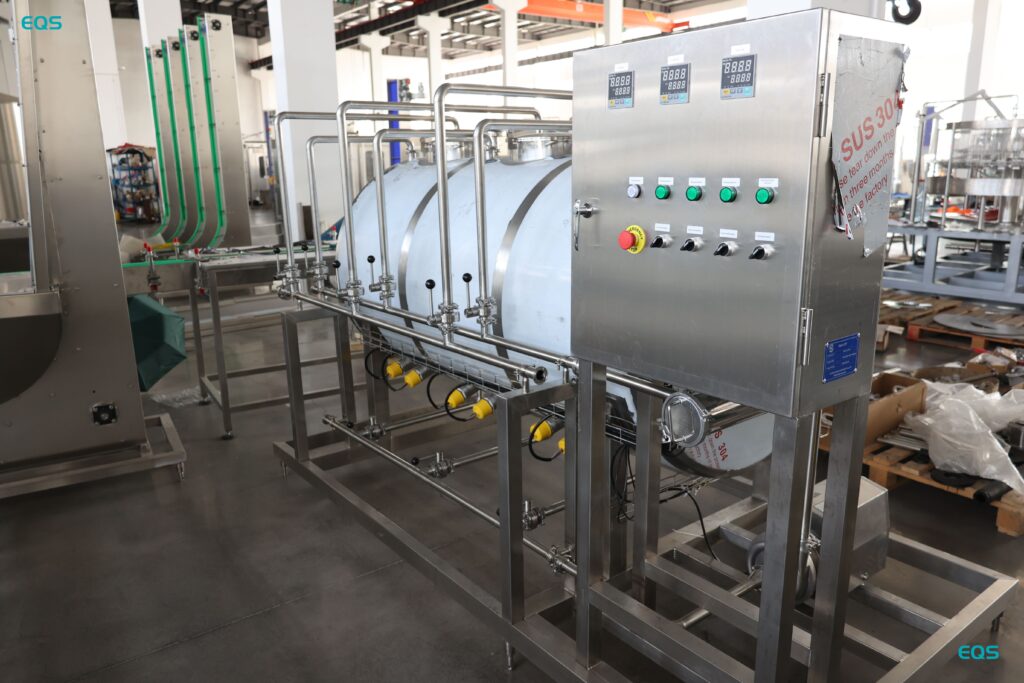
Critical Cleaning Parameters
1. Soil Characteristics
- Contamination level
- Contaminant composition
- Process-specific factors
2. Cleaning Agent Selection
| Type | Effective Against | Considerations |
|---|---|---|
| Alkaline | Proteins | May damage rubber components |
| Acidic | Mineral deposits | Requires corrosion inhibitors |
| Chelators | Hard water ions | Special application only |
3. Concentration Optimization
- Higher concentrations enable:
- Reduced cleaning time
- Compensation for lower temperatures
- Economic balance required (diminishing returns)
4. Temperature Parameters
- 10°C increase ≈ 1.5-2× reaction rate improvement
- Minimum recommended: 60°C
5. Time Parameters
Industry-specific examples:
Beverage Industry Protocol A:
- Pre-rinse: 3-5 min (ambient to >60°C water)
- Alkaline wash: 10-20 min (1-2%, 60-80°C)
- Intermediate rinse: 5-10 min (<60°C water)
- Final rinse: 3-5 min (ambient water)
Protocol B (with sterilization):
- Pre-rinse: 3-5 min (ambient to >60°C water)
- Alkaline wash: 5-10 min (1-2%, 60-80°C)
- Intermediate rinse: 5-10 min (<60°C water)
- Sterilization: 10-20 min (>90°C water)
6. Flow Dynamics
- Ensures sufficient mechanical action
- Maintains turbulent flow regime
CIP Performance Evaluation
Sensory Standards
- Odor: Neutral with no persistent aromas
- Visual Inspection:
- Glossy surfaces
- No water pooling
- Absence of films/residues
- Restored processing capacity
Hygiene Metrics
- Microbial counts within specification
- No adverse impact on product quality
Operational Economics
- Cost-effective cleaning achievement
- Safe and user-friendly operation
Industry Trends
With advancing automation in food processing, CIP systems continue to evolve through:
- Technological improvements
- Enhanced scientific understanding
- Stricter regulatory requirements
- Growing market adoption
My name is Allen, and I'm an expert in filling machine technology at EQS (eqsfilling.com), a leading liquid packaging solution provider based in China. If you're looking for top-quality filling machines for your production line, feel free to reach out to me at [email protected]. We specialize in providing customizable solutions with cutting-edge technology.


